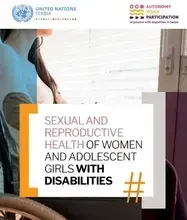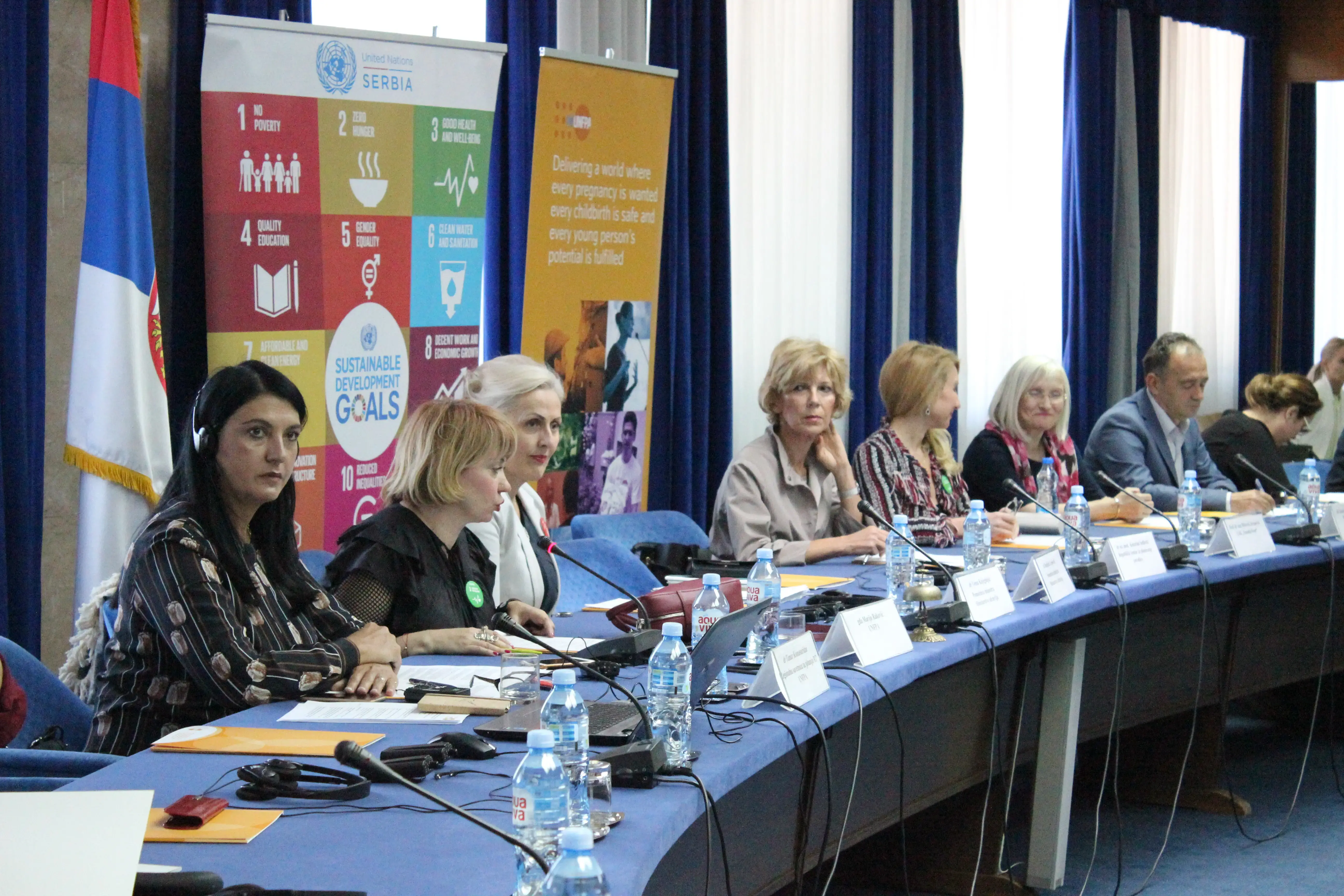The Government of the Republic of Serbia adopted the Strategy for Improving the Position of Persons with Disabilities in the Republic of Serbia for the period 2025–2030, along with the first three-year Action Plan (2025–2027), at the proposal of the Ministry of Labour, Employment, Veteran, and Social Affairs.
With support of the United Nations Population Fund (UNFPA) in Serbia, and active participation of the representatives of organizations of persons with disabilities, as well as relevant state bodies and institutions, this new strategic framework amplifies efforts to improve the overall social and economic position of persons with disabilities. The goal is to create conditions for their equal participation in all aspects of social life in the Republic of Serbia.
The new Strategy introduced certain innovations aimed at enhancing the quality of life for persons with disabilities and achieving a higher level of participation in nearly all aspects of life (social and health protection, education and upbringing, employment and work engagement, etc.). Some of the innovations include: ensuring support services that will enable persons with disabilities to achieve their full potential and meet their needs in decision-making about their own lives and activities, building and maintaining family relationships, including partnerships, family life, and parental roles, enhancing cognitive and communication accessibility of facilities and services to ensure equal participation and promote greater community inclusion for persons with disabilities, improving the economic independence of persons with disabilities, particularly those from the group of harder-to-employ individuals, through the (re)organization of work centers and strengthening the capacities of enterprises for the professional rehabilitation and training of persons with disabilities, enhancing the education of children with developmental difficulties and disabilities at all levels of education, with a particular focus on the transitional period from primary to secondary school and developing programs for early intervention and prevention.





